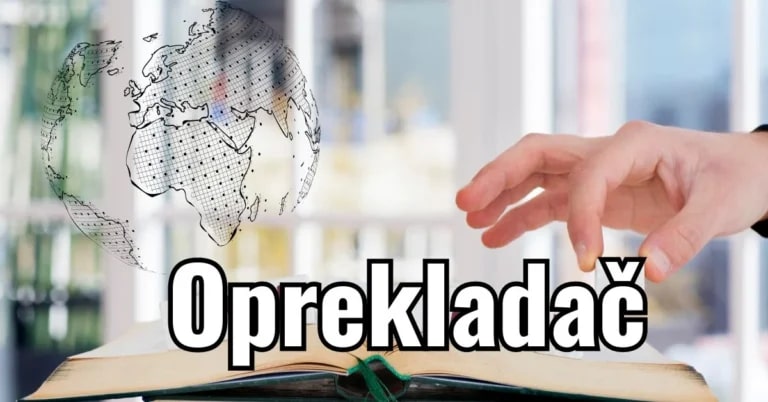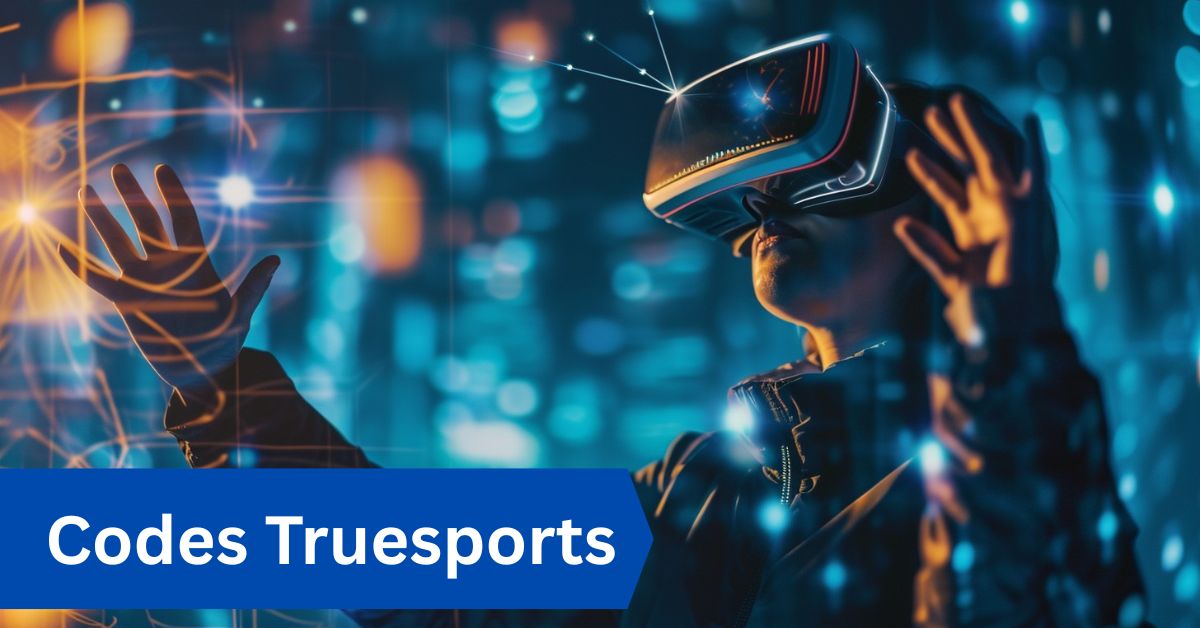I recently used the Oprekladač app during a business trip to Prague, and it accurately translated menus, signs, and even casual conversations. The context-aware translations felt surprisingly natural way better than basic tools I’d used before.
Oprekladač is an AI-powered translation tool that converts text, speech, or images between languages with high accuracy. It combines neural networks and contextual understanding to deliver natural-sounding translations.
In this article we discuss about “oprekladač”
Table of Contents
Oprekladač: Bridging Cultures Through AI-Powered:
In a rapidly globalizing world, communication across languages is no longer a luxury — it’s a necessity. At the heart of this revolution is Oprekladač, an advanced AI-driven translation system that is transforming how people connect across linguistic boundaries. But what is Oprekladač, and why is it gaining such traction in the world of technology and communication?

Let’s explore everything you need to know about Oprekladač — its origins, how it works, what makes it stand out, and what the future holds.
Read More: Nftrandomize—A Complete Guide!
What Is Oprekladač?
1. The Meaning Behind the Name:
The word Oprekladač originates from Slavic languages — notably Slovak, Croatian, and Serbian — where it traditionally means translator or interpreter. But in today’s context, Oprekladač is more than just a person or tool that converts words from one language to another. It symbolizes a modern, intelligent, and nuanced form of translation powered by artificial intelligence.
2. A Fusion of Tradition and Technology:
While the name has linguistic roots, the current interpretation of Oprekladač refers to a state-of-the-art machine translation system that employs neural networks, deep learning, and massive language datasets. It goes far beyond replacing words — it captures tone, cultural references, idioms, and grammatical context to generate translations that feel natural and accurate.
How Does Oprekladač Work?
1. Text Analysis:
The first step in the Oprekladač process involves dissecting the text into its grammatical and semantic parts. Using natural language processing (NLP), the system breaks sentences into words, phrases, and clauses, identifying the relationships between them.
This phase includes:
- Part-of-speech tagging
- Syntax tree building
- Semantic role labeling
The goal is to ensure that the input is fully understood in structure and meaning before any translation occurs.
2. Contextual Interpretation:
This is where Oprekladač truly shines. Using neural machine translation (NMT) models trained on billions of bilingual documents, it can analyze the broader context of the sentence or paragraph. This allows it to:
- Understand idioms and metaphors
- Avoid literal word-for-word translations
- Retain tone and emotional nuance
- Adjust sentence structure for natural flow in the target language
3. Translation Generation:
After understanding the meaning and context, Oprekladač applies learned translation rules and deep-learning insights to generate a human-like translation. These AI models are constantly updated using feedback loops and massive datasets, meaning the tool continually gets better at handling rare or complex phrases.
Key Features of Oprekladač:
1. AI-Powered Neural Networks:
Oprekladač operates on deep neural network architectures that mimic how humans process and produce language. This makes it far more accurate than traditional phrase-based machine translation tools like early versions of Google Translate.
2. Multilingual and Cross-Domain Support:
Whether translating everyday conversations, academic papers, legal contracts, or medical documents, Oprekladač is trained across multiple domains and over 100 languages. It can seamlessly switch between casual, technical, and formal language structures.
3. Intuitive User Interface:
Modern versions of Oprekladač offer a sleek, intuitive user interface. With drag-and-drop document translation, OCR for images, and instant mobile access, it’s built for convenience without sacrificing power.
4. Voice, Text, and Image Translation:
Some platforms using Oprekladač technology also integrate:
- Voice recognition and speech-to-text for real-time interpreting
- Image recognition for translating menus, signs, or documents from photos
- Text-to-speech playback to hear the translation in natural-sounding voices
Benefits of Using Oprekladač:
1. Human-Like Fluency:
The use of deep learning allows Oprekladač to generate translations that sound natural and fluent, closely resembling what a native speaker might say or write.
2. Superior Accuracy:
Oprekladač reduces errors in grammar, meaning, and tone. It avoids common mistakes seen in word-for-word tools and adapts based on sentence complexity and context.
3. High Speed and Scalability:
Translating thousands of words in seconds, Oprekladač is built for both individual users and enterprise-scale translation workflows.
4. Consistency in Terminology:
With customizable glossaries and learning preferences, Oprekladač ensures that technical terms, brand-specific language, and style guides are applied consistently across projects.
5. Cost-Effective:
Compared to hiring human translators for every task, Oprekladač provides a scalable, budget-friendly solution — often free or included in affordable subscription tiers.
Use Cases of Oprekladač in Real Life:
1. For Students and Researchers:

Academic users rely on Oprekladač for translating research papers, study materials, and multilingual textbooks. It helps with:
- Understanding complex terminology
- Writing multilingual reports
- Communicating with global academic peers
Read More: Codes Truesports—A Complete Guide!
2. For Travelers and Tourists:
A smartphone becomes a personal travel companion thanks to Oprekladač. Users can confidently ask for directions in other nations, read transit signs, and decipher restaurant menus.
3. For Businesses and Corporates:
Oprekladač enables businesses to grow internationally by:
- Multilingual customer support
- Product documentation translation
- Internal communication across branches worldwide
4. For Developers and Tech Startups:
APIs powered by Oprekladač offer developers a chance to integrate translation features into their own apps or websites. This is ideal for chatbots, e-commerce platforms, and customer service portals.
How to Choose the Best Oprekladač System:
1. Language Coverage:
Ensure the tool supports the specific source-target language pair you need. Some versions focus on Slavic-European languages, while others offer full global coverage.
2. Dataset Training:
Choose tools that have been trained on sizable, varied, and pertinent datasets, particularly for specialist professions like engineering, law, or medicine.
3. Customization Options:
A high-quality Oprekladač solution should allow:
- Terminology management
- Style tone adjustments
- Document format support (PDF, DOCX, PPT)
4. Workflow Integration:
For professionals, integration with tools like Microsoft Office, Google Docs, Slack, or customer service CRM platforms is crucial.
The Future of Oprekladač and AI Translation:
1. AI and Machine Learning Evolution:
The future of Oprekladač is tightly tied to advancements in AI. With the integration of transformer models like GPT and BERT, translation engines are becoming more sophisticated — even capable of understanding regional dialects, sarcasm, and intent.
2. Human-AI Collaboration:
While Oprekladač is highly accurate, it’s likely to evolve as a collaborative tool for human translators, improving quality assurance, reducing workload, and shortening delivery time for professional translation agencies.
3. New Interfaces:
Expect Oprekladač to integrate into wearables, AR/VR platforms, and IoT devices, offering live translation during video calls, immersive training, and global business meetings.
Oprekladač Meaning:
The term Oprekladač originates from Slavic languages, especially Serbian and Croatian, where it directly translates to “translator” or “interpreter.” However, in modern contexts, Oprekladač represents more than just a linguistic converter — it refers to intelligent systems or tools that bridge communication gaps between languages. With advancements in AI and machine learning, the term now often denotes sophisticated translation technologies capable of capturing tone, context, and cultural nuance, not just words.
Oprekladač English:
In English, the word Oprekladač simply translates to “translator.” It can refer to either a person who translates spoken or written language or a machine translation system. Today, the word is increasingly associated with digital tools or apps that offer real-time translation services.
English speakers using an Oprekladač system can expect translations that are not only accurate but also contextually relevant, helping to maintain the true meaning of the original message.
Oprekladač App:
The Oprekladač app is a smart translation application designed to offer fast, accurate, and natural translations across multiple languages. Powered by AI and neural networks, the app supports both text and voice translation, often with offline functionality.

It is commonly used by travelers, students, professionals, and language learners. With features like image translation, speech-to-text, and customizable language settings, the Oprekladač app makes global communication seamless and accessible from any smartphone or device.
Read More: Andrew Santino Wife—A Complete Guide!
Frequently Asked Question:
1. What is Oprekladač?
Prekladač is a translation tool or system, originating from Slavic languages, that translates text or speech from one language to another. In modern usage, it often refers to AI-powered apps or platforms that offer advanced, context-aware translations.
2. Is Oprekladač a real word?
Yes, Oprekladač is a real word in Slavic languages like Serbian and Croatian. It means “translator” or “interpreter” and is commonly used to describe both people and digital translation tools.
3. How does the Oprekladač app work?
The Oprekladač app uses artificial intelligence and neural machine translation to analyze text, understand context, and produce natural, fluent translations. It may also offer speech recognition, image translation, and offline capabilities.
4. Is Oprekladač available in English?
Yes, many Oprekladač tools and apps support English as both a source and target language. They are designed to translate between English and various other languages with high accuracy.
5. Can I use Oprekladač offline?
Some Oprekladač apps offer offline translation by downloading language packs. This is useful for travelers or users with limited internet access.
6. Is Oprekladač free to use?
Many basic versions of Oprekladač apps are free, offering core translation features. However, advanced tools or professional-grade versions may require a subscription or one-time payment.
7. What makes Oprekladač different from Google Translate?
Oprekladač focuses on delivering high-quality, human-like translations by using more specialized datasets and advanced context detection. While Google Translate is widely used, Oprekladač apps may provide better accuracy in certain language pairs or cultural contexts.
Conclusion:
Oprekladač is a unique next-generation AI translation tool that combines state-of-the-art technology with linguistic tradition. It overcomes language barriers more naturally than simple translators because to its context-aware translations, multi-format compatibility, and user-friendly features. Oprekladač provides a clever and effective way to communicate globally, whether you’re a business professional, student, or traveler.
Read More:
- Latest FeedBuzzard.Com: Your Ultimate Source for News—A Complete Guide!
- Malia Manocherian—A Complete Guide!
- Keezy.co Tech Guru Benjamin—A Complete Guide!
- Rdatao—A Complete Guide!















Leave a Reply